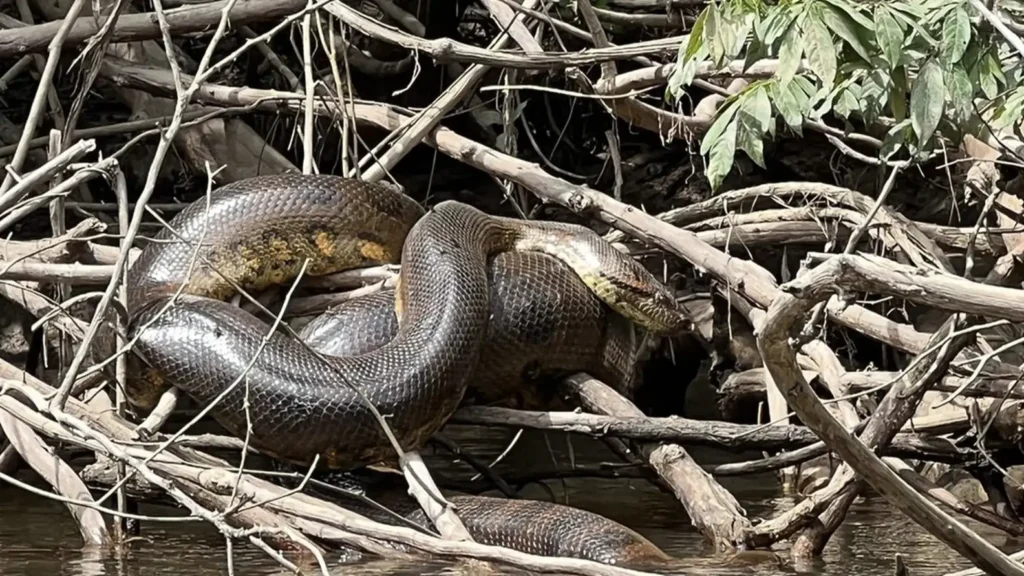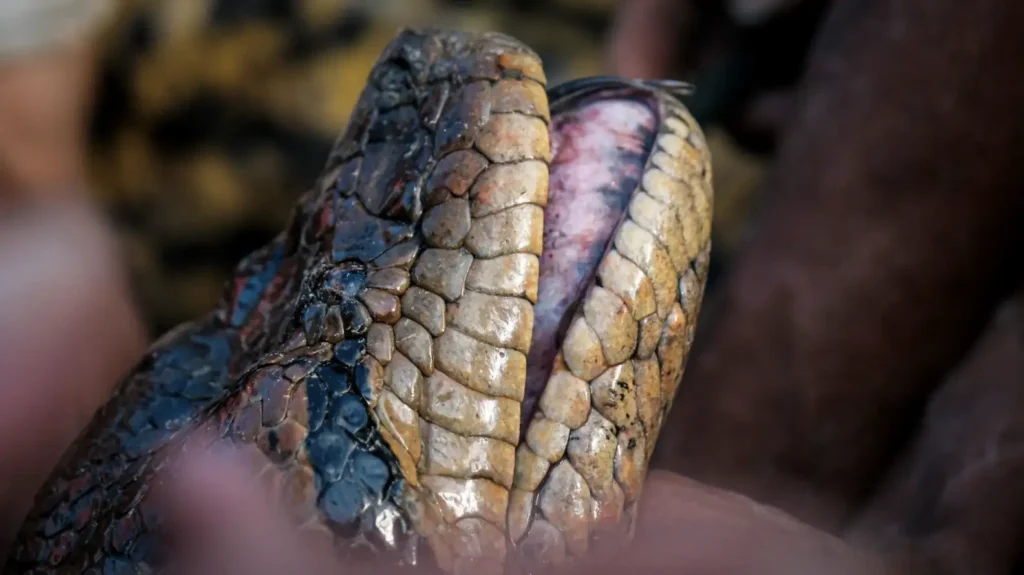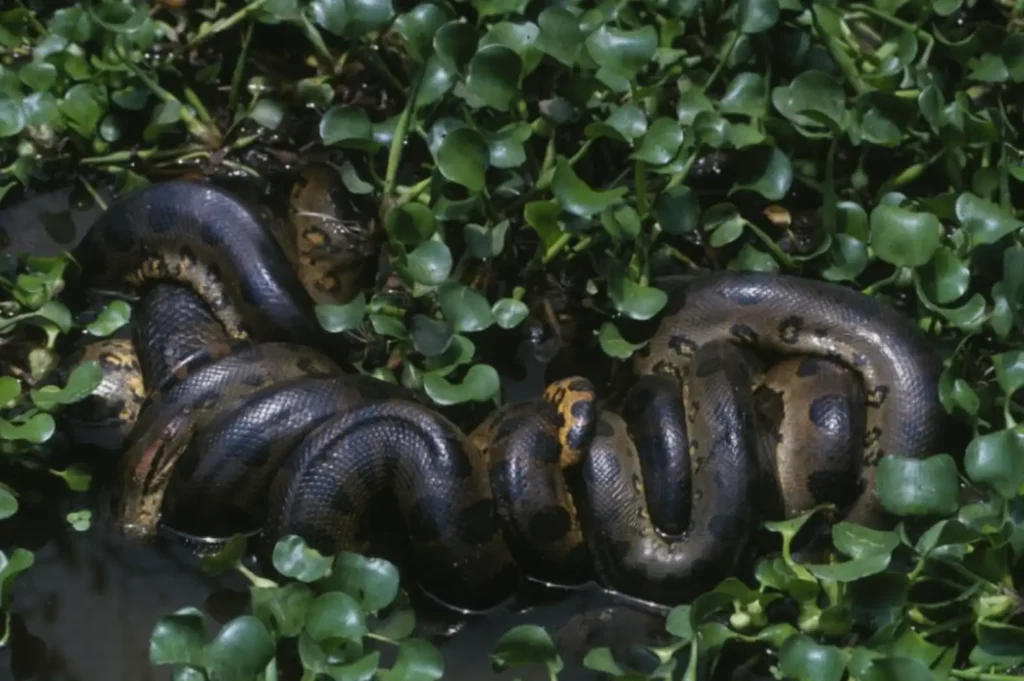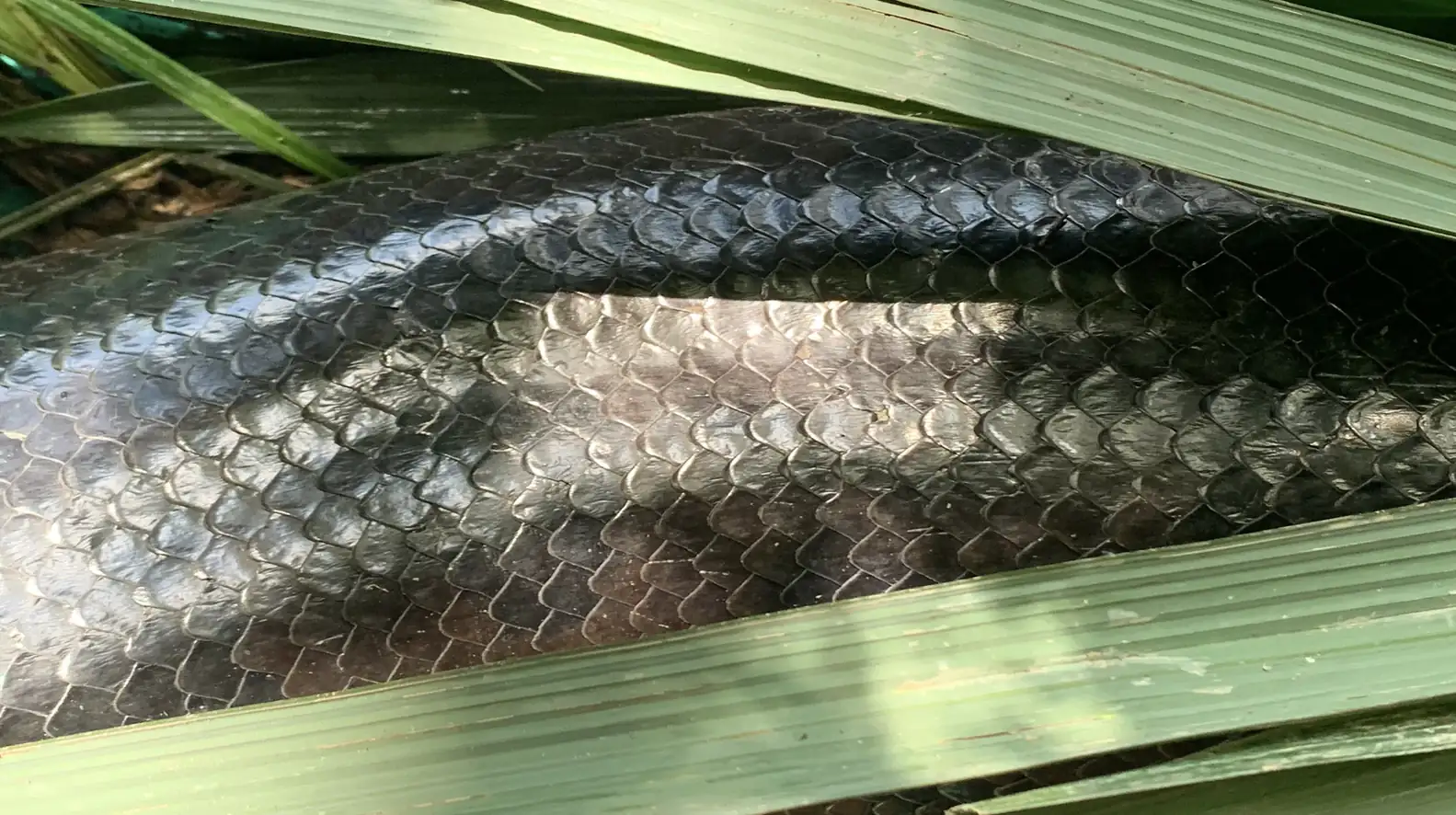She’s over 20 feet long 😳
When considering the typical discoveries made on a TV set, one might envision innovative camera techniques or fresh acting styles. However, just a few months ago, during the production of “Pole to Pole with Will Smith,” scientists stumbled upon something entirely unexpected: a previously unknown species of snake.

“Pole to Pole” will follow Smith’s journey through Earth’s biomes.
For the tropical forest segment, Smith will explore the Amazon rainforest.
A team of scientists, led by Professor Bryan Fry from the University of Queensland, joined the Waorani people to explore the northern Amazon basin.
The scientists collected samples from the anacondas, rumored to be the largest in the world.
When they analyzed the genetic material, they discovered a completely undocumented snake species.

The new snake species was named the northern green anaconda.
It differs genetically from the southern green anaconda by 5.5 percent.
“To give some context, humans differ from chimpanzees by only about 2 percent,” Fry explained in a press release.
The northern green anaconda is now recognized as the largest anaconda species in the world.

“The size of these magnificent creatures was astounding—one female anaconda we found was an impressive 20.67 feet long,” Fry noted. “The Waorani people have reported seeing other anacondas in the region that reach over 24.6 feet and weigh around 1,102.3 pounds.”
The discovery of this species highlights the critical need to protect the Amazon.
“Finding a new species of anaconda is thrilling, but it’s crucial to emphasize the urgent need for more research on these endangered species and their habitats,” Fry remarked.
Northern green anacondas are currently facing challenges such as deforestation, climate change, and drought.
With the release of “Pole to Pole,” we hope to bring more attention to these “magnificent creatures” and explore ways to ensure their protection.
